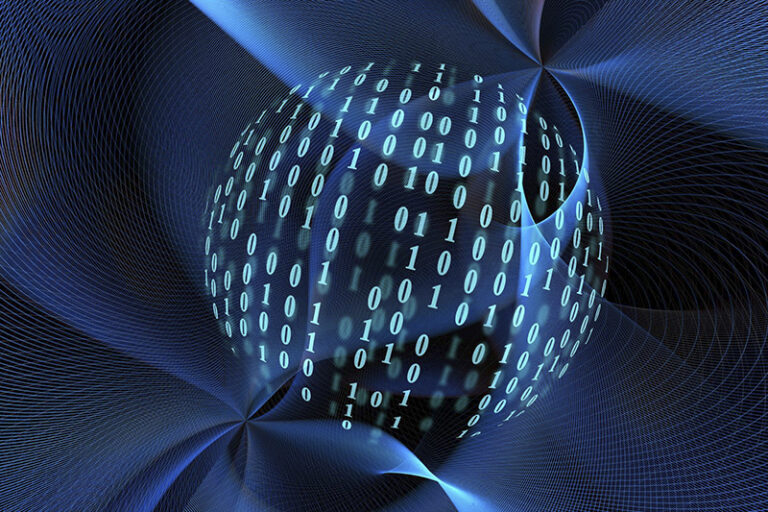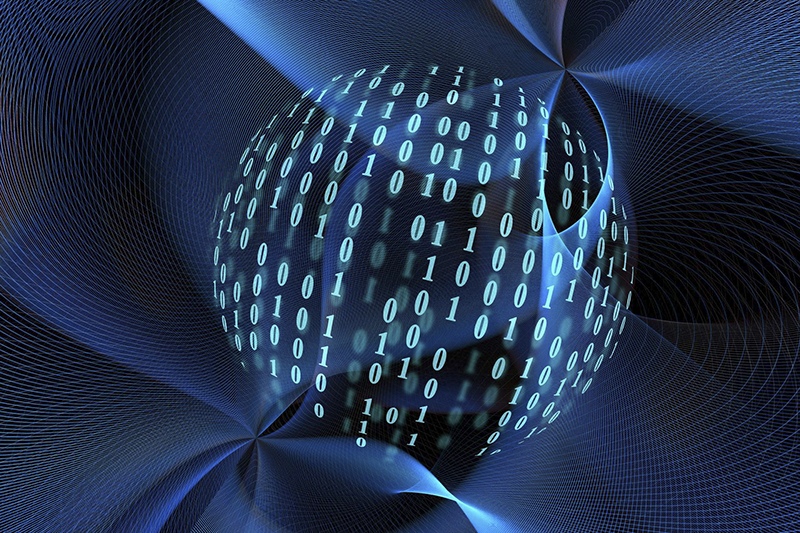
Unveiling and Exploring the Edge of Reality: Dr. Melvin M. Vopson's Journey into Physics, Information Theory, and the Nature of the Universe Interconnectedness of Physics and Data
The path Dr. Melvin M. Vopson has journeyed through in the realm of science as intricate as it is fascinating, began with an inquisitive exploration into the world of magnetic digital data storage during his doctoral studies at the University of Central Lancashire. This initial foray laid the groundwork for his understanding of digital data technologies and the profound physical processes underpinning functional data storage devices. Following his PhD completion in 2002, he progressed to postdoctoral research at the University of York, where he delved deeper into magnetic data storage, shifting his focus from storage mediums to the intricate mechanisms of read/write transducers. This evolution of interests and expertise paved the way to a pivotal role in Seagate Technology, a leader in magnetic digital data storage. His journey took a significant turn in 2006 when he joined the UK National Physical Laboratory. Here, he began exploring multiferroics, a novel class of materials with potential applications in data storage. His work produced impactful articles, demonstrating the vast potential of multiferroics in revolutionizing information storage.
His academic career further blossomed at the University of Portsmouth from 2012, marking a transition to a more theoretical approach. During this period, he discovered the “multicaloric effect” and developed a model for polarization reversal in ferroelectrics and anti-ferroelectrics. Significantly, his research on antiferroelectrics served as a springboard into his current pursuits in information physics.
The pivotal moment came while investigating multi-state digital data storage technologies. he faced the challenge of allocating memory states to cells with more than two physical states, diverging from traditional binary memory cells. This hurdle introduced him to Shannon’s Information Theory and Landauer’s principle, leading to novel contributions in information physics.

The Inspiration Behind Information Entropy and the Simulated Universe Theory
Dr. Vopson’s exploration into the concept of information entropy and its connection to the simulated universe theory stemmed from a progression of ideas, beginning with a 2019 article on the mass-energy-information (M/E/I) equivalence principle. Bridging Einstein’s mass-energy equivalence and Landauer’s principle that equates information with energy, he posited a groundbreaking idea: mass, energy, and information are fundamentally equivalent. This principle not only aligned seamlessly with existing laws of physics but also suggested a novel explanation for phenomena like dark matter, potentially reconceptualizing it as information.
The M/E/I equivalence principle intriguingly supports the simulated universe theory, implying that the digital bits constituting our universe’s simulation might manifest as undetectable mass, akin to dark matter. This hypothesis provides a fresh perspective on the origins and nature of the universe, intertwining physics, information theory, and metaphysical speculation.
Simplifying the Second Law of Infodynamics
In layman’s terms, the second law of infodynamics, an analogy to the traditional second law of thermodynamics, posits that systems and processes universally tend toward the lowest information entropy at equilibrium. This notion contrasts with the second law of thermodynamics, which asserts that entropy, or disorder, in an isolated system tends to increase over time.
Dr. Vopson’s discovery revealed a surprising twist: focusing solely on information states, systems exhibit a decreasing or constant entropy over time, contrary to thermodynamic entropy. This has profound implications across multiple domains, challenging established theories in fields like genetics, evolution, and cancer research.
The Impact of the Simulated Universe Theory on Our Understanding of Reality
While Dr. Vopson’s research at the intersection of physics and information theory lends credence to the philosophical theory of a simulated universe; it’s crucial to acknowledge that such a revelation, even if proven, wouldn’t alter our daily lives. This theory, while potentially reshaping scientific and religious beliefs, leaves our everyday reality unchanged due to our inability to perceive what is genuinely real or simulated. His findings bring this age-old philosophical debate into the scientific limelight, although they emerged from research with different initial objectives.
Overcoming Challenges and Venturing Into New Realms of Research
Expanding the applicability of the second law of infodynamics to a diverse range of systems presents a significant challenge. Dr. Vopson’s initial findings, though promising, were confined to digital and genetic information storage systems. Broadening this to other domains is crucial for asserting it as a universal law. He anticipates that this will not only involve personal exploration but also inspire parallel studies within the scientific community.
Evidence of a Simulated Universe and Addressing Skepticism
The second law of infodynamics is among the strongest indicators of a simulated universe, suggesting an inherent optimization in information content that mirrors computational data compression techniques. While this hints at the possibility of a simulation, definitive proof remains elusive. Dr. Vopson’s recent book, “Reality Reloaded: The Scientific Case for a Simulated Universe,” delves deeper into the evidence and theories supporting this hypothesis, seeking to foster a broad and inclusive scientific dialogue.
Looking to the Future
Future experiments and research, including Dr. Vopson’s proposed test of the M/E/I principle and the DNA of matter concept, are essential in validating the simulated universe theory and the second law of infodynamics. Collaborative efforts and diverse experimental approaches across the scientific community will be pivotal in further exploring these groundbreaking ideas.
A Multifaceted Impact
Dr. Vopson’s research transcends traditional boundaries, influencing physics, cosmology, genetics, and even philosophy. The implications of both the M/E/I equivalence principle and the second law of infodynamics are far-reaching, providing fresh insights into the universe’s mysteries, including dark matter, the symmetry of nature, and the mechanisms of genetic mutations. This cross-disciplinary influence underscores the profound interconnectedness of our physical and informational worlds, promising exciting new avenues for understanding and innovation.
